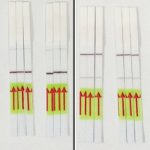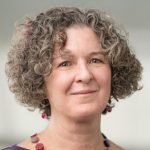Design that makes a difference
Her first year on campus, Jierui Fang received an intriguing message from a junior living on her dorm floor who was looking for help on a project to paint augmented reality murals in the tunnels below MIT. “I wavered on applying for about a month, not wanting to overload my already frazzled first-year self,” Fang recalls. “While riding the bus the day of the deadline, however, I decided I had nothing to lose and hurriedly sketched out my thoughts...


















